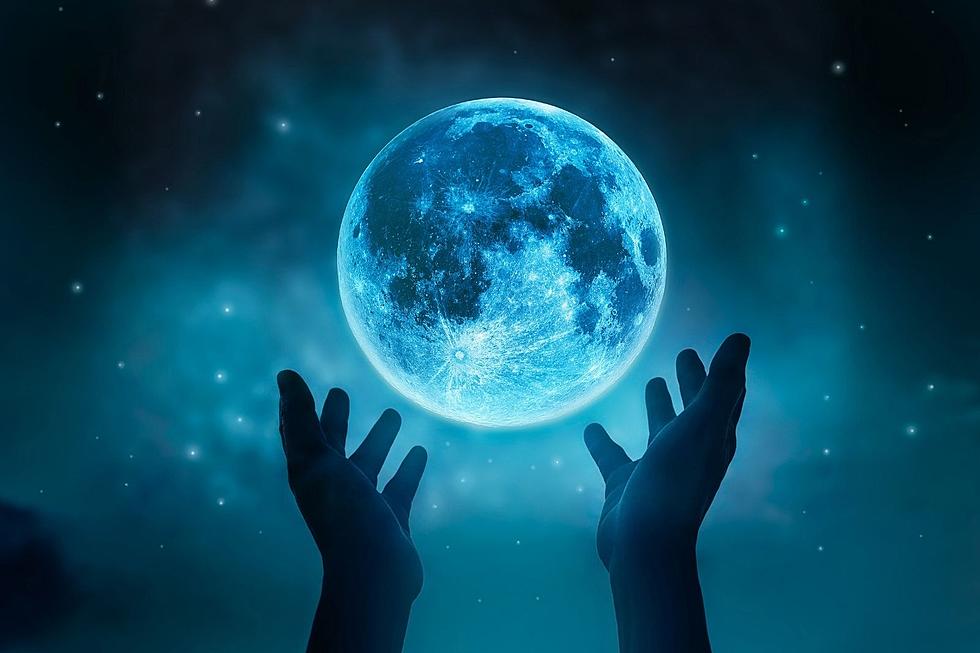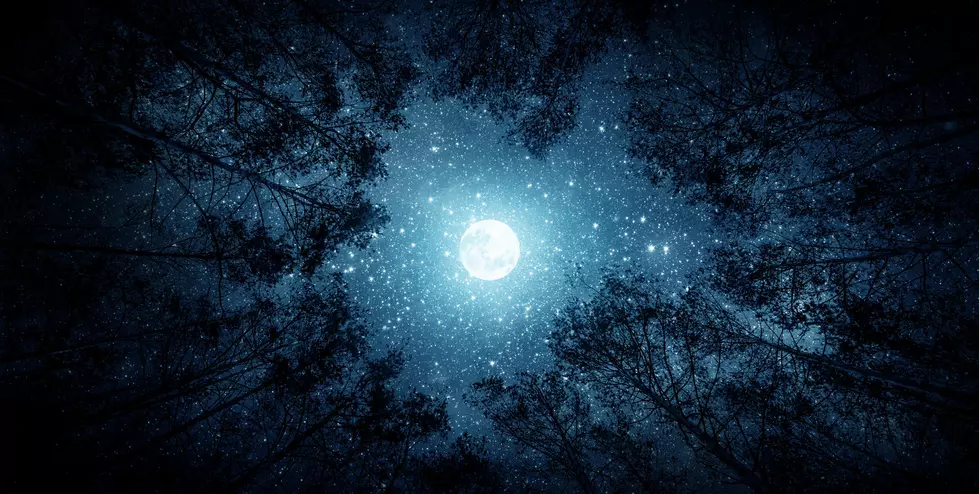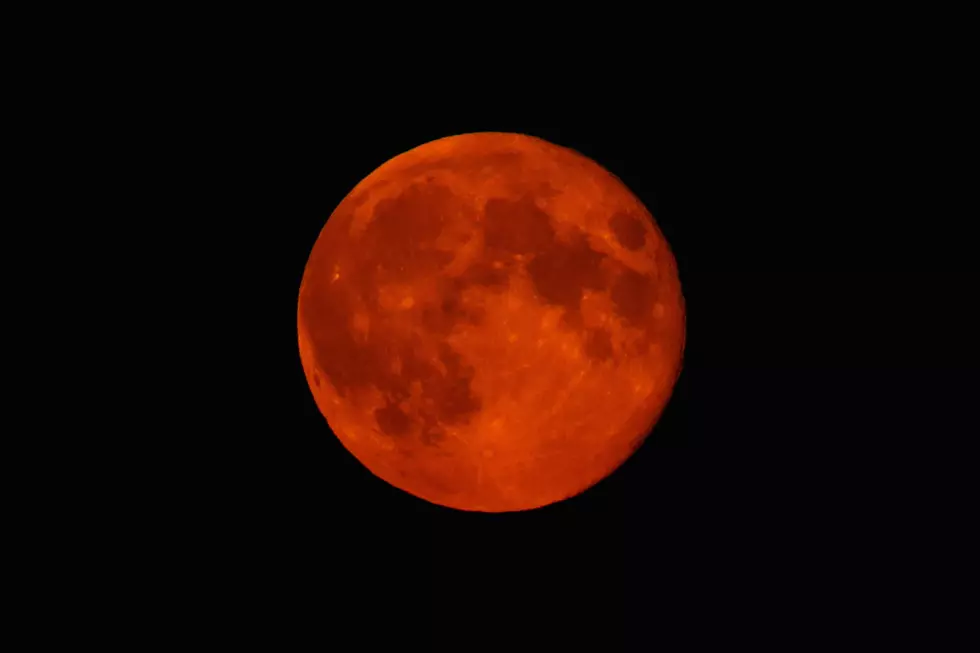
Rare Total Lunar Eclipse Coming Wednesday, October 8th
What's the one thing people talk about all the time? The weather. Second, it might be 'how's the family doing.'
Sometimes I think I should have been one of those astronomers. I'm fascinated by the fact that what's up there, was up there thousands, heck millions of years ago. That's why when I saw the news that at Total Lunar Eclipse was on the way this coming week my ears perked up. According to the Sydney Morning Hereld:
Look up towards the east on Wednesday night (October 8) and a total lunar eclipse will be visible from across Australia.
The moon will slowly move through Earth's shadow, as the sun, Earth and moon fall into line with each other.
The eclipse occurs during the early evening, making it the perfect opportunity to head outdoors and watch it happen with family and friends. Best of all, you don't need any special equipment to see it.
As it turns out, this Total Lunar Eclipse will feature something even more seldom seen. According to Yahoo.com
On Oct. 8, Interested skywatchers should attempt to see the total eclipse of the moon and the rising sun simultaneously. The little-used name for this effect is called a "selenelion," a phenomenon that celestial geometry says cannot happen.
And indeed, during a lunar eclipse, the sun and moon are exactly 180 degrees apart in the sky. In a perfect alignment like this (called a "syzygy"), such an observation would seem impossible. But thanks to Earth's atmosphere, the images of both the sun and moon are apparently lifted above the horizon by atmospheric refraction. This allows people on Earth to see the sun for several extra minutes before it actually has risen and the moon for several extra minutes after it has actually set.
The Inquisitor dressed it up best though:
The second full lunar eclipse of 2014 will occur in the early morning hours of October 8, producing a “blood moon” that will be bigger and better than the last one in April of this year.
Wednesday’s blood moon is the second in a sequence of four, called a tetrad, which will occur roughly every six months in 2014 and 2015. The last one will appear on September 28, 1015.
During total lunar eclipses, the moon passes into Earth’s shadow, causing the planet to darken the face of the moon, according to NASA. Instead of making the moon go completely dark, the moon appears red during a total eclipse because it reflects light from the sun coming through Earth’s atmosphere – thus the term “blood moon.”
Hoping for a clear sky. Should be fun to watch!
More From KIKN-FM / Kickin' Country 99.1/100.5









